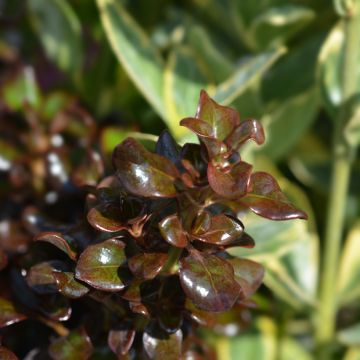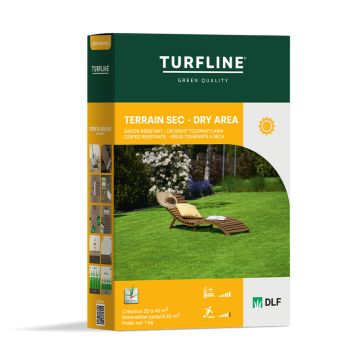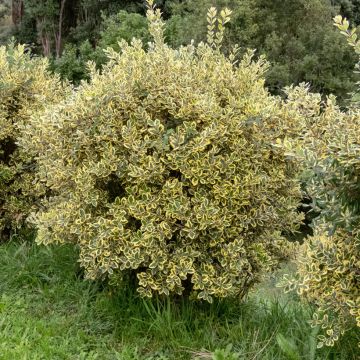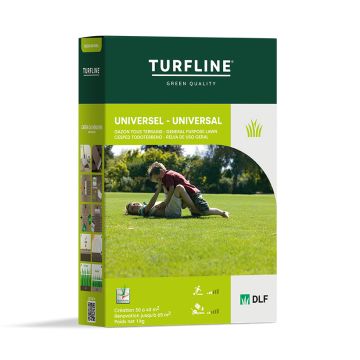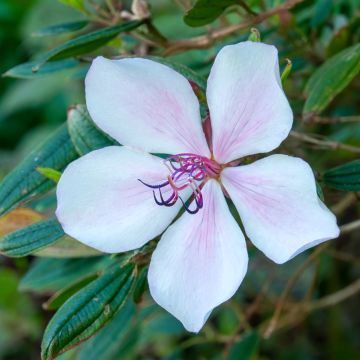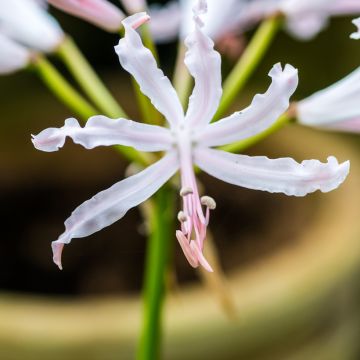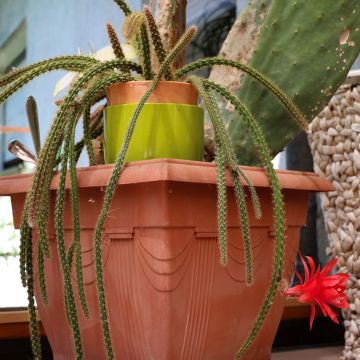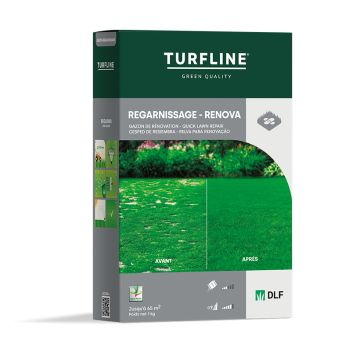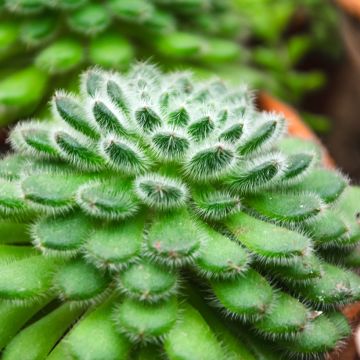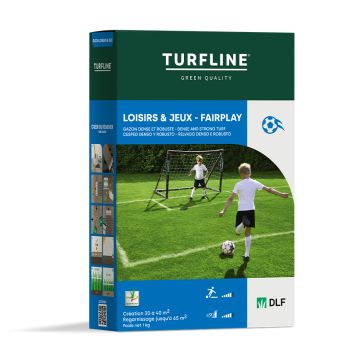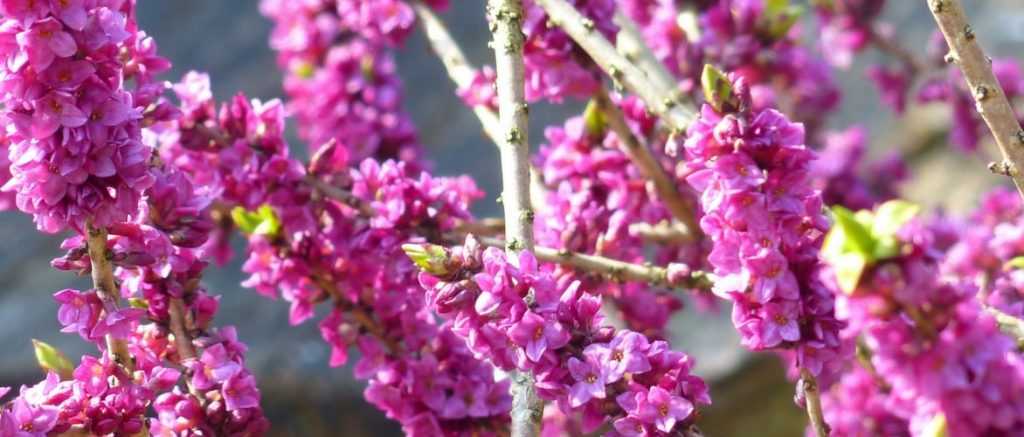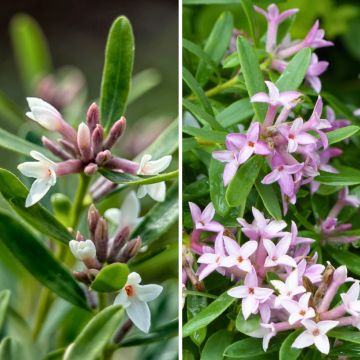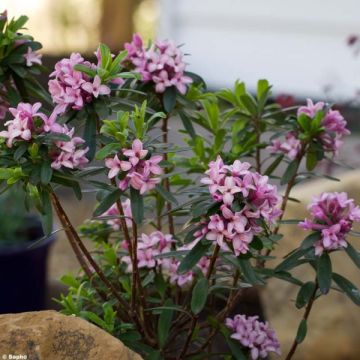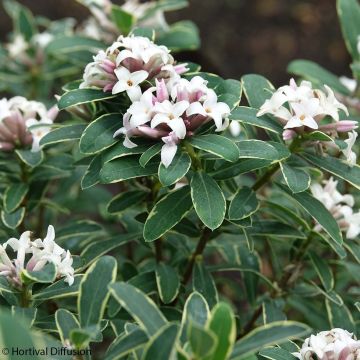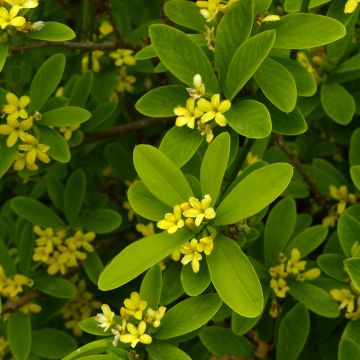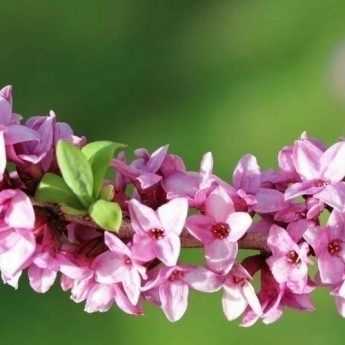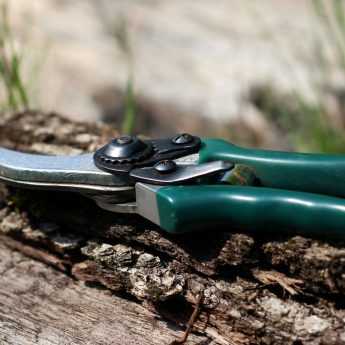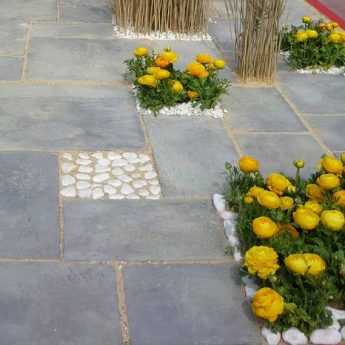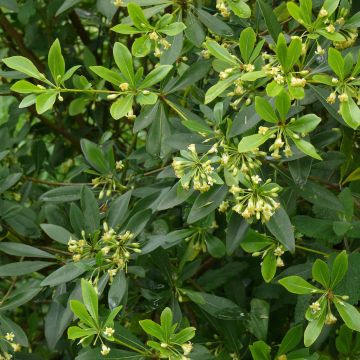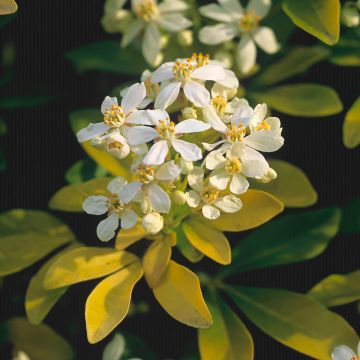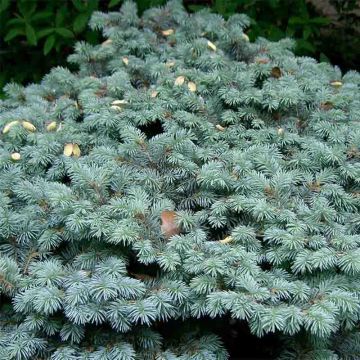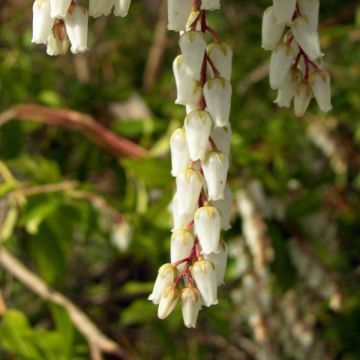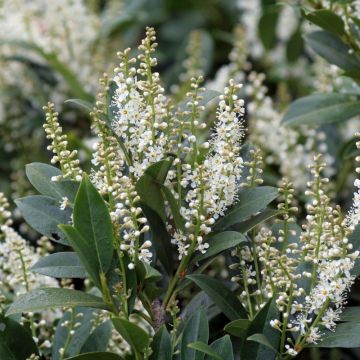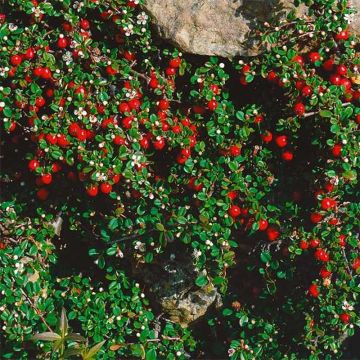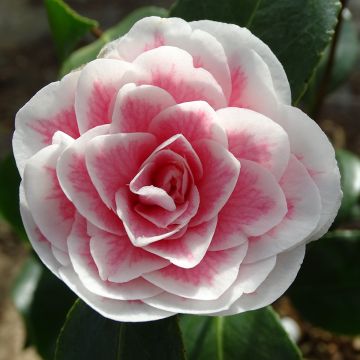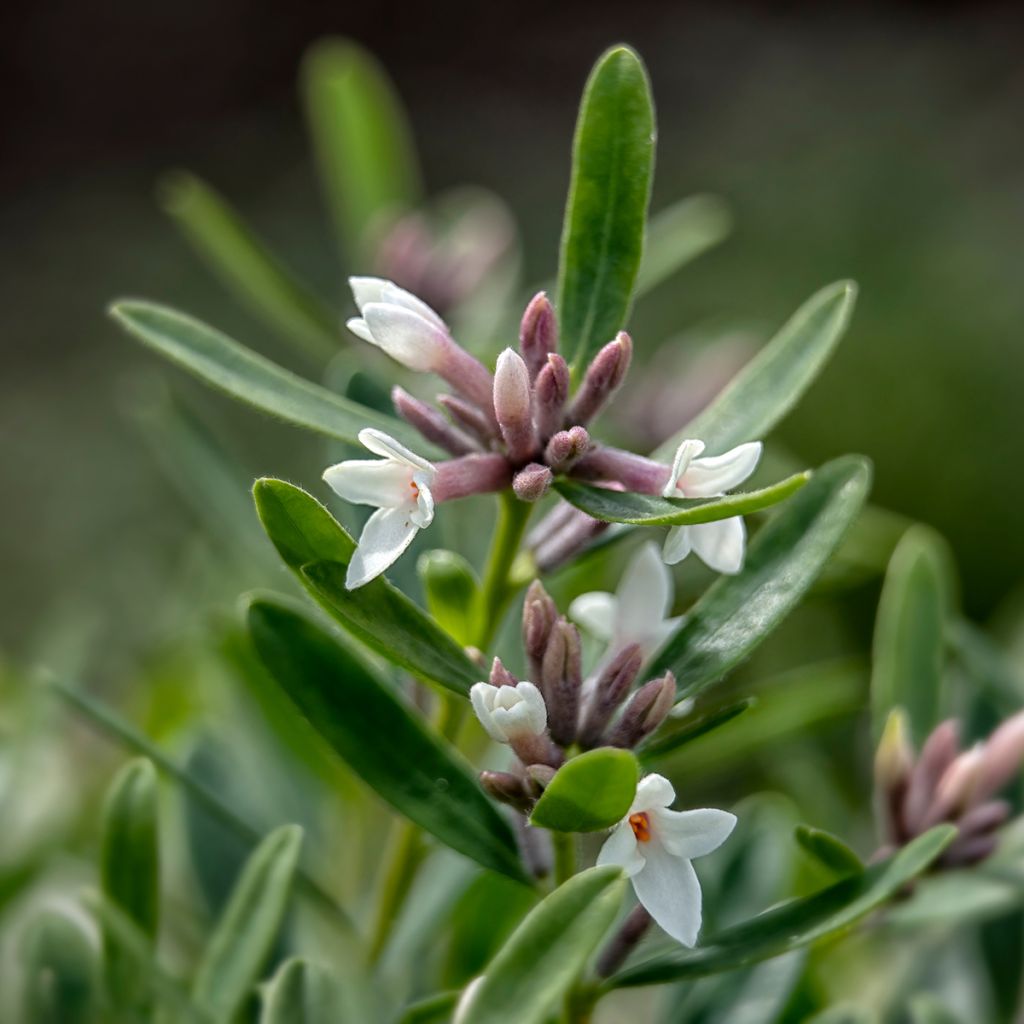

Daphne transatlantica Eternal Fragrance Blafra
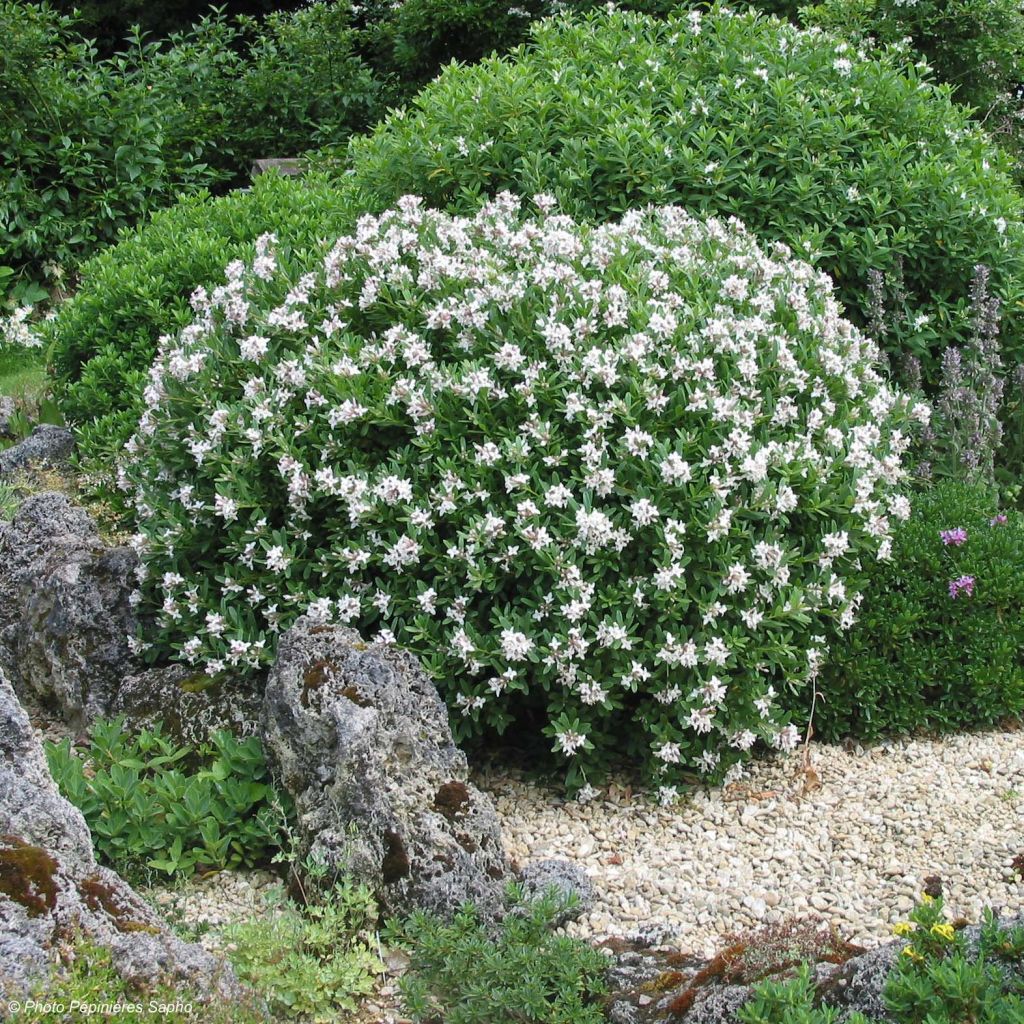

Daphne transatlantica Eternal Fragrance Blafra
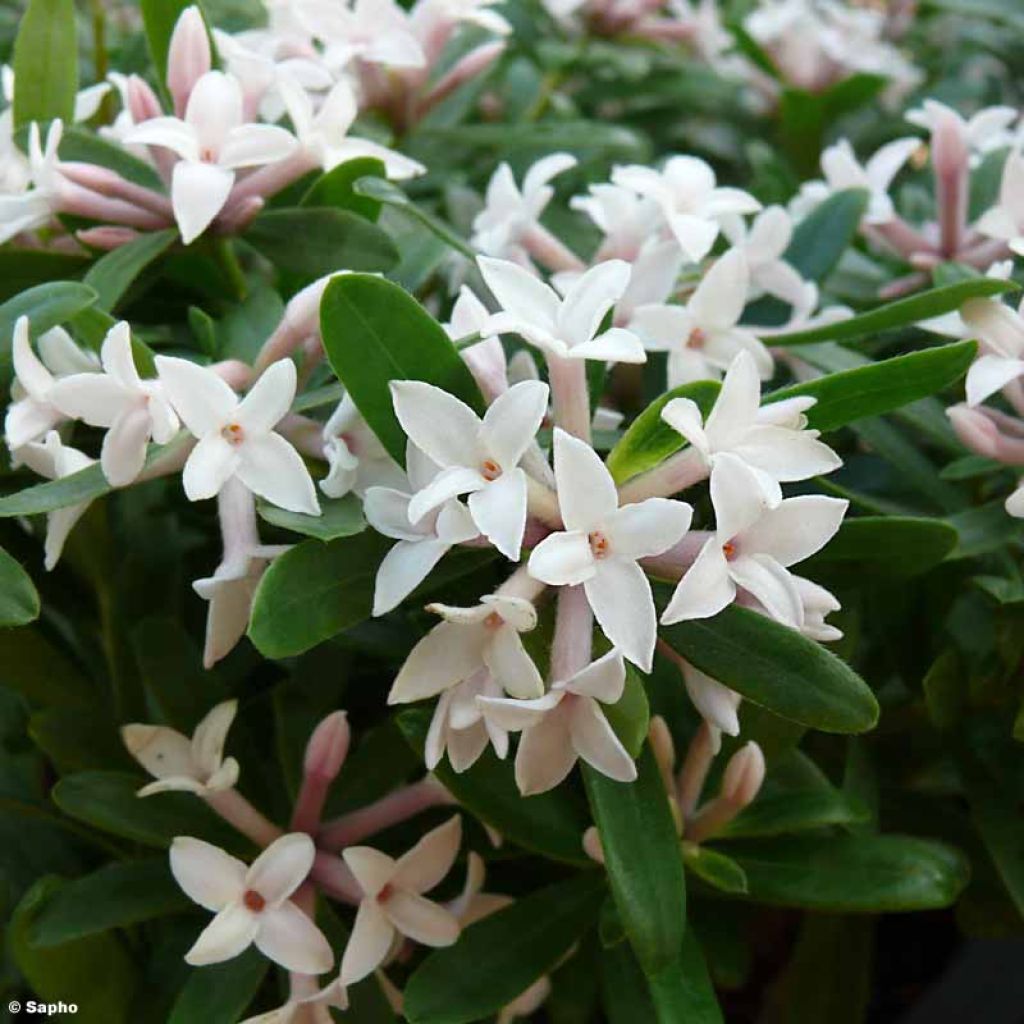

Daphne transatlantica Eternal Fragrance Blafra
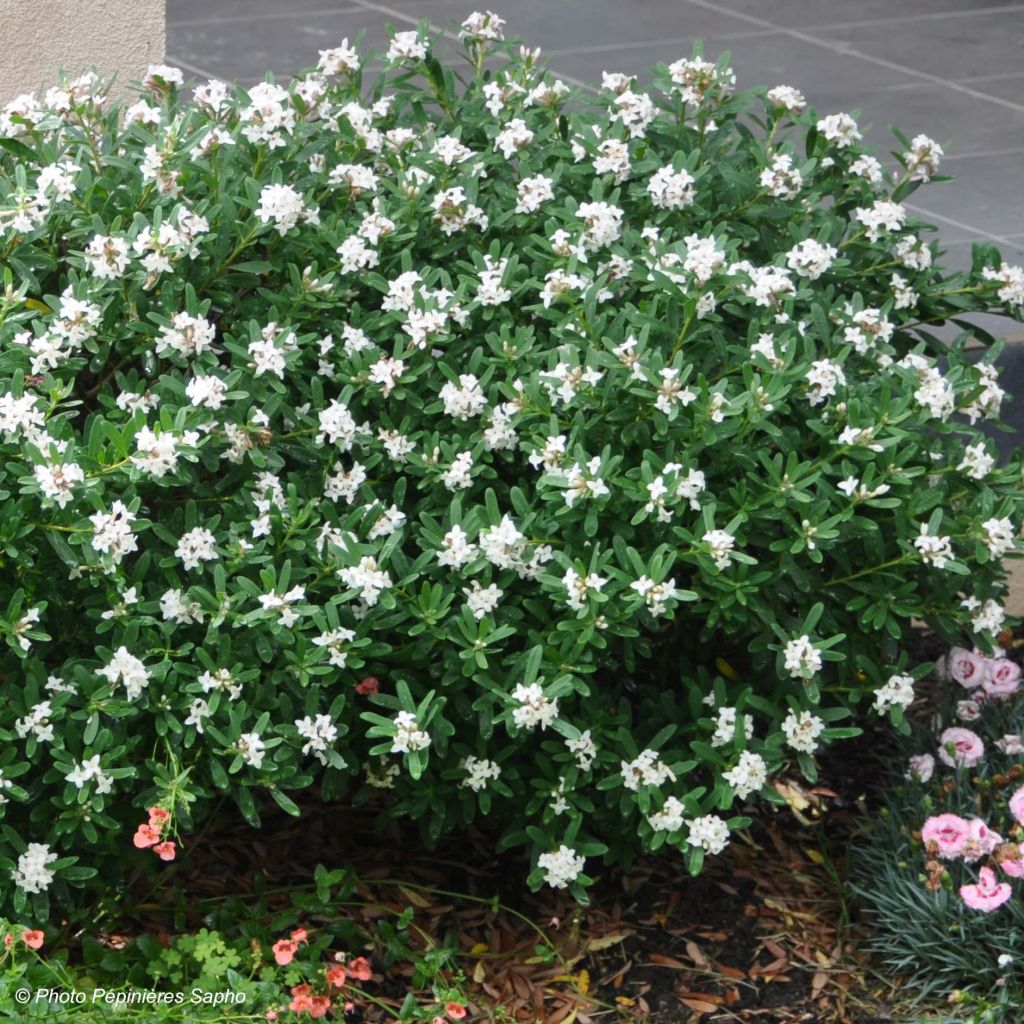

Daphne transatlantica Eternal Fragrance Blafra
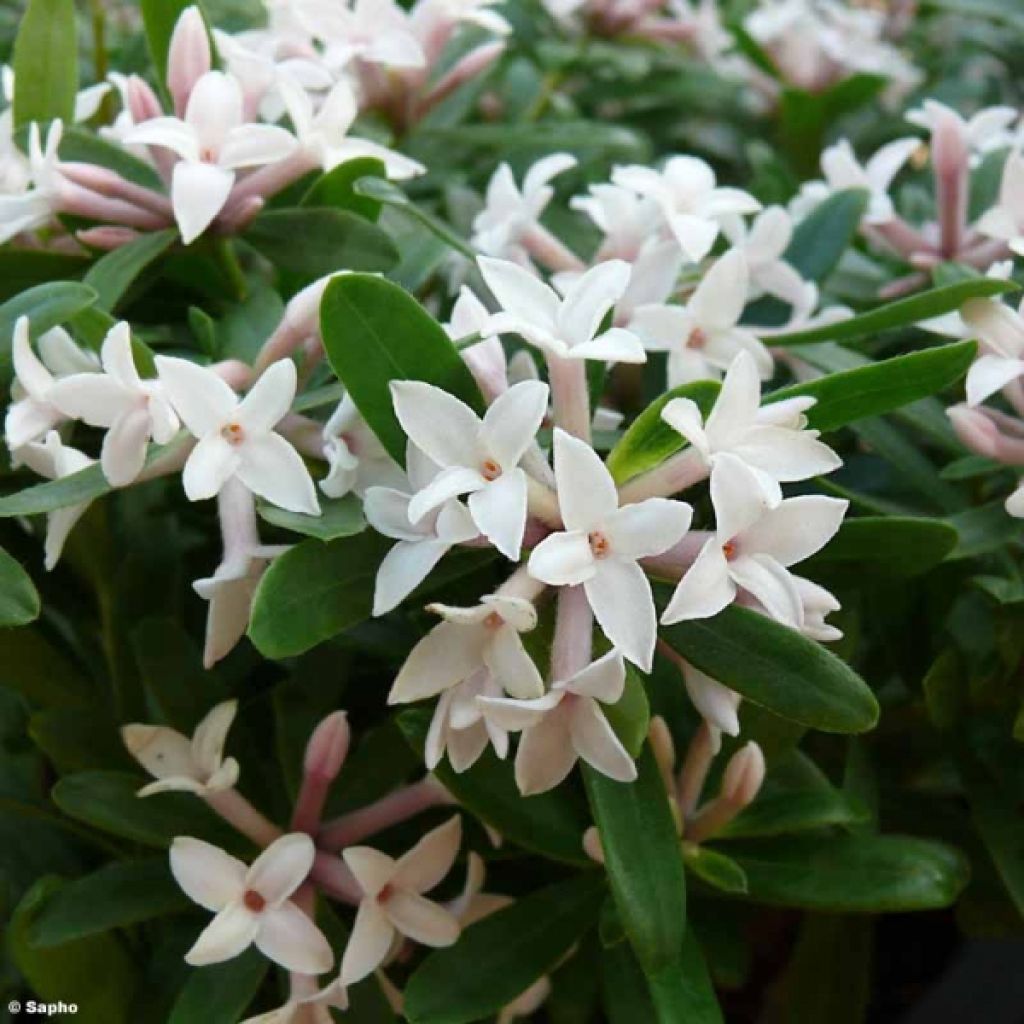

Daphne transatlantica Eternal Fragrance Blafra
Daphne transatlantica Eternal Fragrance Blafra
Daphne x transatlantica Eternal Fragrance® 'Blafra'
Fragrant Daphne
Why not try an alternative variety in stock?
View all →This plant carries a 24 months recovery warranty
More information
We guarantee the quality of our plants for a full growing cycle, and will replace at our expense any plant that fails to recover under normal climatic and planting conditions.
From €7.90 for pickup delivery and €6.90 for home delivery
Express home delivery from €8.90.
From €7.90 for pickup delivery and €6.90 for home delivery
Express home delivery from €8.90.

Does this plant fit my garden?
Set up your Plantfit profile →
Description
The Daphne x transatlantica 'Eternal Fragrance' is a recent creation that stands out for the duration and intensity of the fragrance of its flowering, which is blush white. This shrub, naturally compact and very bushy, blooms from the heart of spring until the beginning of summer, and then again from the end of summer until the first cold spells, that is to say for 5 to 6 months. Requiring little maintenance, leafy even in winter, compact and very floriferous, this daphne is a true gem for the garden or terrace, in non-limestone soil.
The Daphne x transatlantica is a horticultural hybrid resulting from the cross-breeding between the Daphne caucasica, a botanical species with white flowers and deciduous foliage native to the Caucasus, and the D. collina, evergreen, with pink flowers, native to rocky slopes and scrub vegetation in the Naples region of Italy. These shrubs, belonging to the Thymelaeaceae family, are resilient mountain plants that grow in acidic, well-drained but moist soil. It is a slow-growing bush that does not need to be pruned.
The cultivar 'Eternal Fragrance' was introduced in 2004 by the English daphne specialist Robin White. It slowly forms a spreading shrub with a rounded or slightly flattened habit, compact, measuring 80cm (31.5 in) to 1m (3 ft 4 in) in all directions. Exceptionally floriferous, this daphne is adorned with pink buds that open into delicate tubular flowers, white with yellow-orange anthers, measuring 2cm (0.8 in) wide, highly fragrant, arranged in small round clusters at the end of each stem. Its flowering is abundant, starting timidly in May and then intensifying, with the bush covered in flowers until July. The blooming slows down in August, then resumes in September and lasts until October. The leaves, lanceolate and dark green, with a leathery lamina, are grouped in tufts at the end of the branches and then spread along the entire length of the year's stems. They are evergreen in mild and temperate climates, semi-evergreen in cold climates.
The Daphne x transatlantica 'Eternal Fragrance' is a beautiful shrub for ornamenting an ericaceous bed in climates that are not too dry. It will look superb in a container on a terrace, planted in good horticultural soil and watered with non-limestone water. To fully enjoy its fragrance, it is wise to place it near the house or a pathway. You can plant it with Japanese azaleas, acid-loving heathers (Calluna, Daboetia, Erica). Being mountainous in origin, it will also appreciate a cool alpine rockery, always in acidic soil, such as Lithodora fruticosa, Roscoea, Liriope muscari...
This Daphne is also available in pink under the name 'Pink Fragrance'.
Note: Daphnes can be high-maintenance and difficult to cultivate. They are best suited for experienced gardeners.
Daphne transatlantica Eternal Fragrance Blafra in pictures
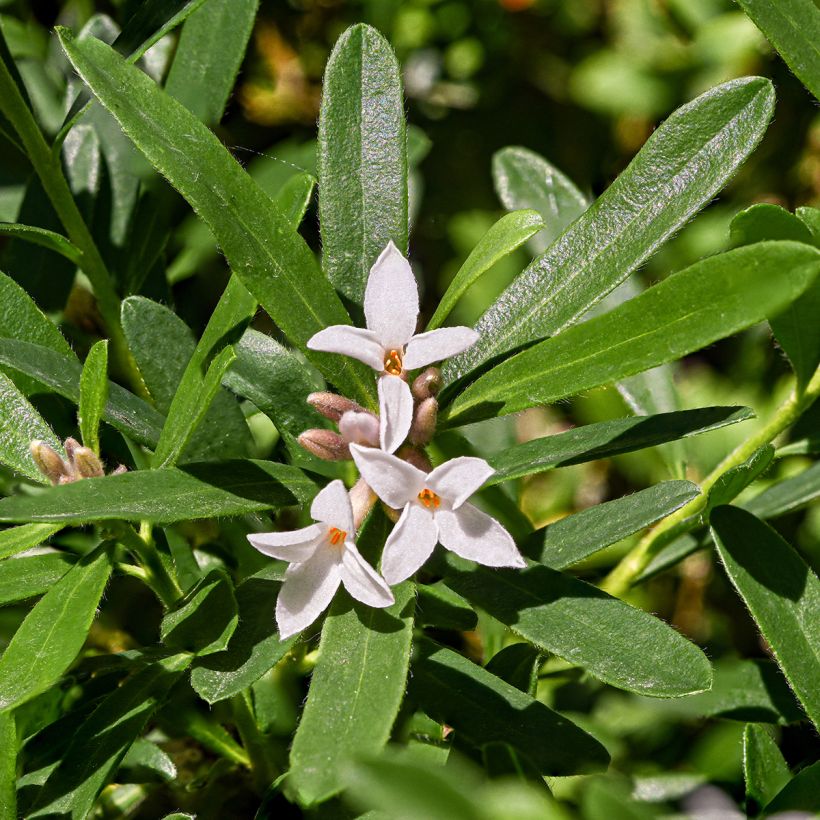

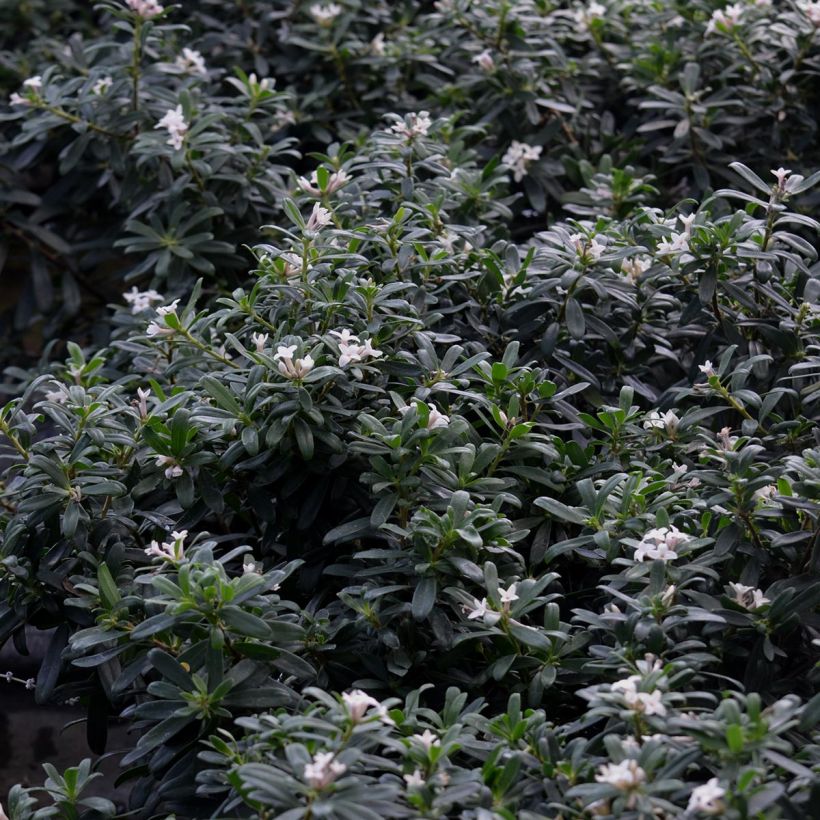

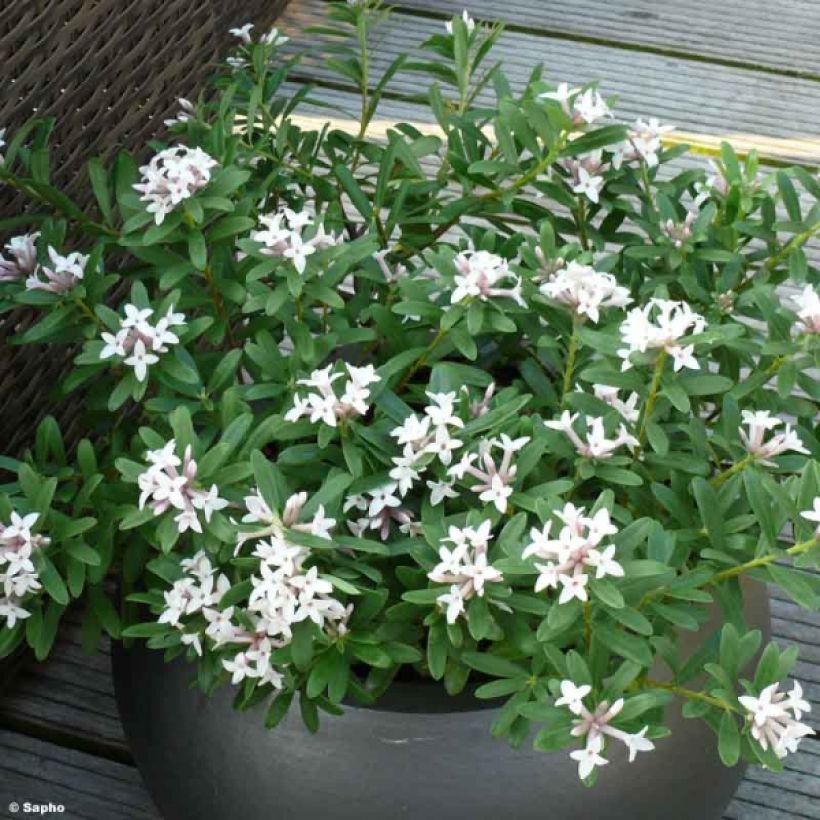

Plant habit
Flowering
Foliage
Safety measures
Botanical data
Daphne
x transatlantica
Eternal Fragrance® 'Blafra'
Thymelaceae
Fragrant Daphne
Cultivar or hybrid
ingestion
Cette plante est toxique si elle est ingérée volontairement ou involontairement.
Ne la plantez pas là où de jeunes enfants peuvent évoluer, et lavez-vous les mains après l'avoir manipulée.
Pensez à conserver l'étiquette de la plante, à la photographier ou à noter son nom, afin de faciliter le travail des professionnels de santé.
Davantage d'informations sur https://plantes-risque.info
Other Daphne
View all →Planting and care
The Daphne x transatlantica 'Eternal Fragrance' is planted in spring or autumn in a soil, humus-bearing and well-drained, acid to neutral, devoid of limestone. The soil should remain moist even in summer. It appreciates a sunny to semi-shaded exposure. Pruning is unnecessary except for dead branches. Do not let the soil dry out, apply an organic mulch or plant heathers to protect its base. Pot cultivation is entirely possible: place your daphne in good horticultural soil, taking care to place a layer of clay pebbles at the bottom of the perforated pot for drainage. Water regularly with non-limestone water and add a fertiliser for acid-loving plants. Just like Daphne odora, it can be affected by fungus; treat preventively with a fungicide in spring, before flowering.
Planting period
Intended location
Care
Planting & care advice
-
, onOrder confirmed
Reply from on Promesse de fleurs
Evergreen shrubs
Haven't found what you were looking for?
Hardiness is the lowest winter temperature a plant can endure without suffering serious damage or even dying. However, hardiness is affected by location (a sheltered area, such as a patio), protection (winter cover) and soil type (hardiness is improved by well-drained soil).

Photo Sharing Terms & Conditions
In order to encourage gardeners to interact and share their experiences, Promesse de fleurs offers various media enabling content to be uploaded onto its Site - in particular via the ‘Photo sharing’ module.
The User agrees to refrain from:
- Posting any content that is illegal, prejudicial, insulting, racist, inciteful to hatred, revisionist, contrary to public decency, that infringes on privacy or on the privacy rights of third parties, in particular the publicity rights of persons and goods, intellectual property rights, or the right to privacy.
- Submitting content on behalf of a third party;
- Impersonate the identity of a third party and/or publish any personal information about a third party;
In general, the User undertakes to refrain from any unethical behaviour.
All Content (in particular text, comments, files, images, photos, videos, creative works, etc.), which may be subject to property or intellectual property rights, image or other private rights, shall remain the property of the User, subject to the limited rights granted by the terms of the licence granted by Promesse de fleurs as stated below. Users are at liberty to publish or not to publish such Content on the Site, notably via the ‘Photo Sharing’ facility, and accept that this Content shall be made public and freely accessible, notably on the Internet.
Users further acknowledge, undertake to have ,and guarantee that they hold all necessary rights and permissions to publish such material on the Site, in particular with regard to the legislation in force pertaining to any privacy, property, intellectual property, image, or contractual rights, or rights of any other nature. By publishing such Content on the Site, Users acknowledge accepting full liability as publishers of the Content within the meaning of the law, and grant Promesse de fleurs, free of charge, an inclusive, worldwide licence for the said Content for the entire duration of its publication, including all reproduction, representation, up/downloading, displaying, performing, transmission, and storage rights.
Users also grant permission for their name to be linked to the Content and accept that this link may not always be made available.
By engaging in posting material, Users consent to their Content becoming automatically accessible on the Internet, in particular on other sites and/or blogs and/or web pages of the Promesse de fleurs site, including in particular social pages and the Promesse de fleurs catalogue.
Users may secure the removal of entrusted content free of charge by issuing a simple request via our contact form.

































